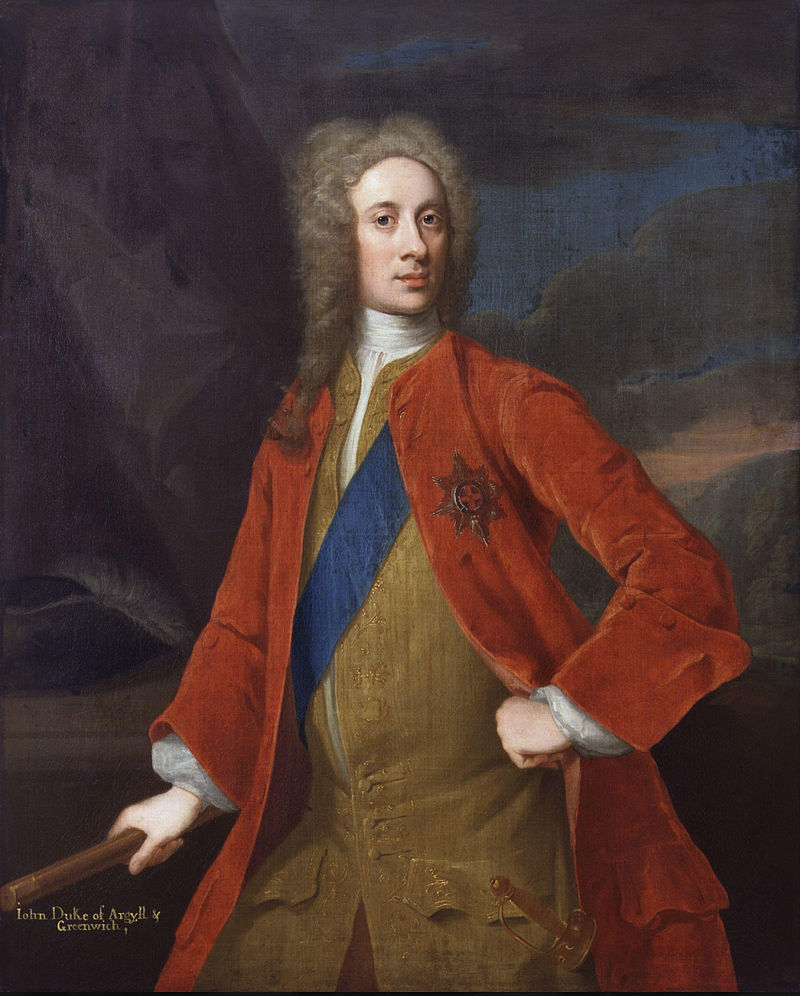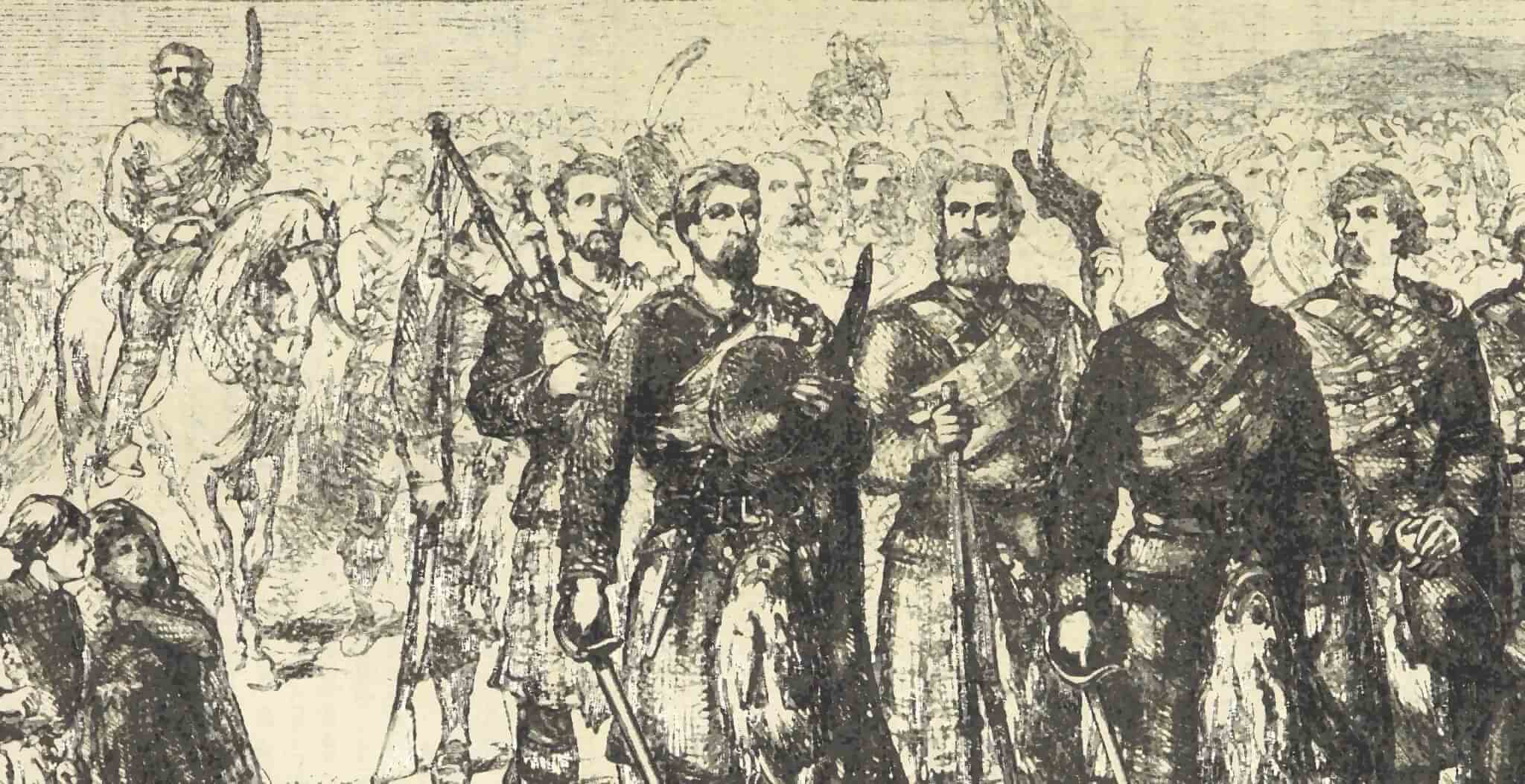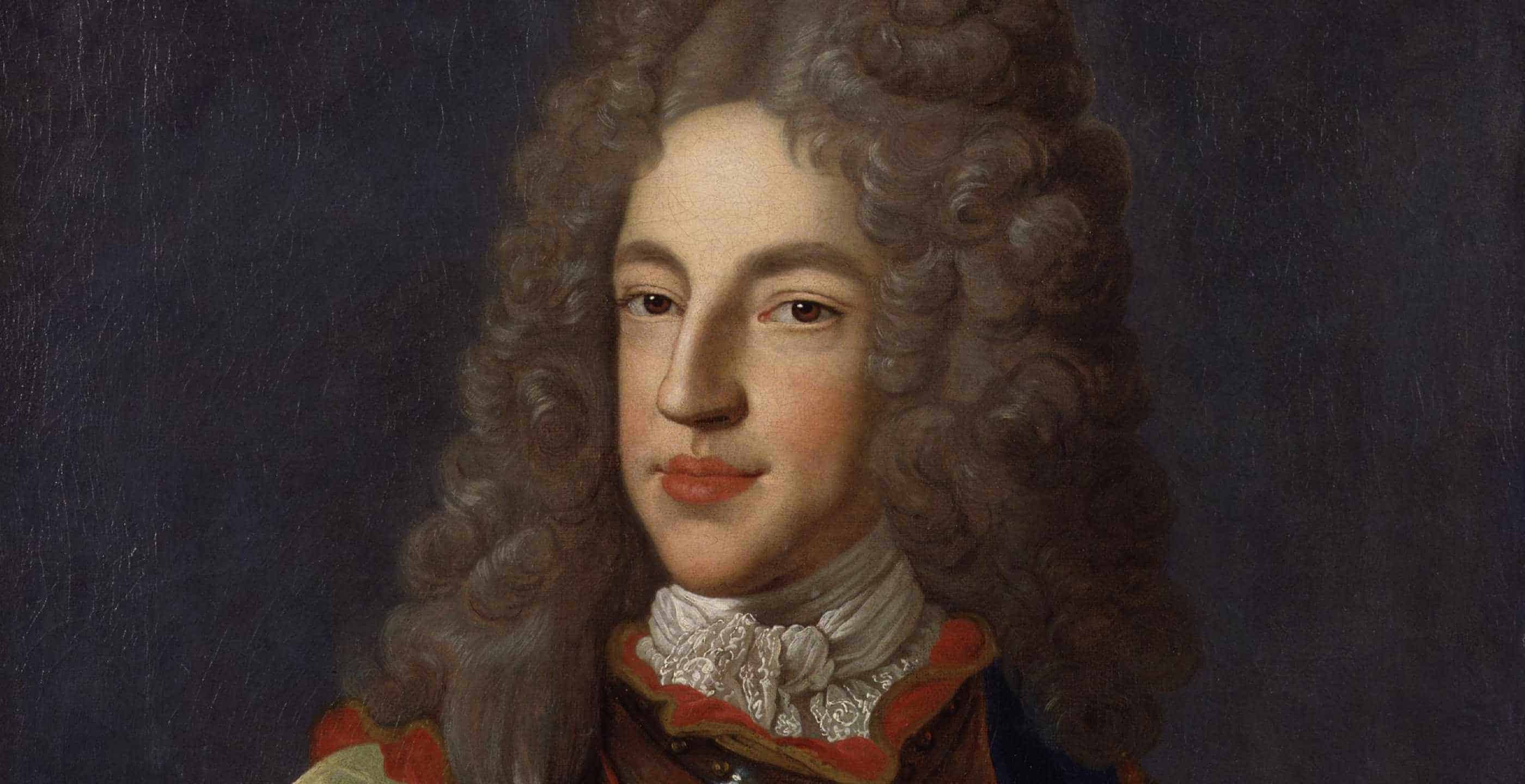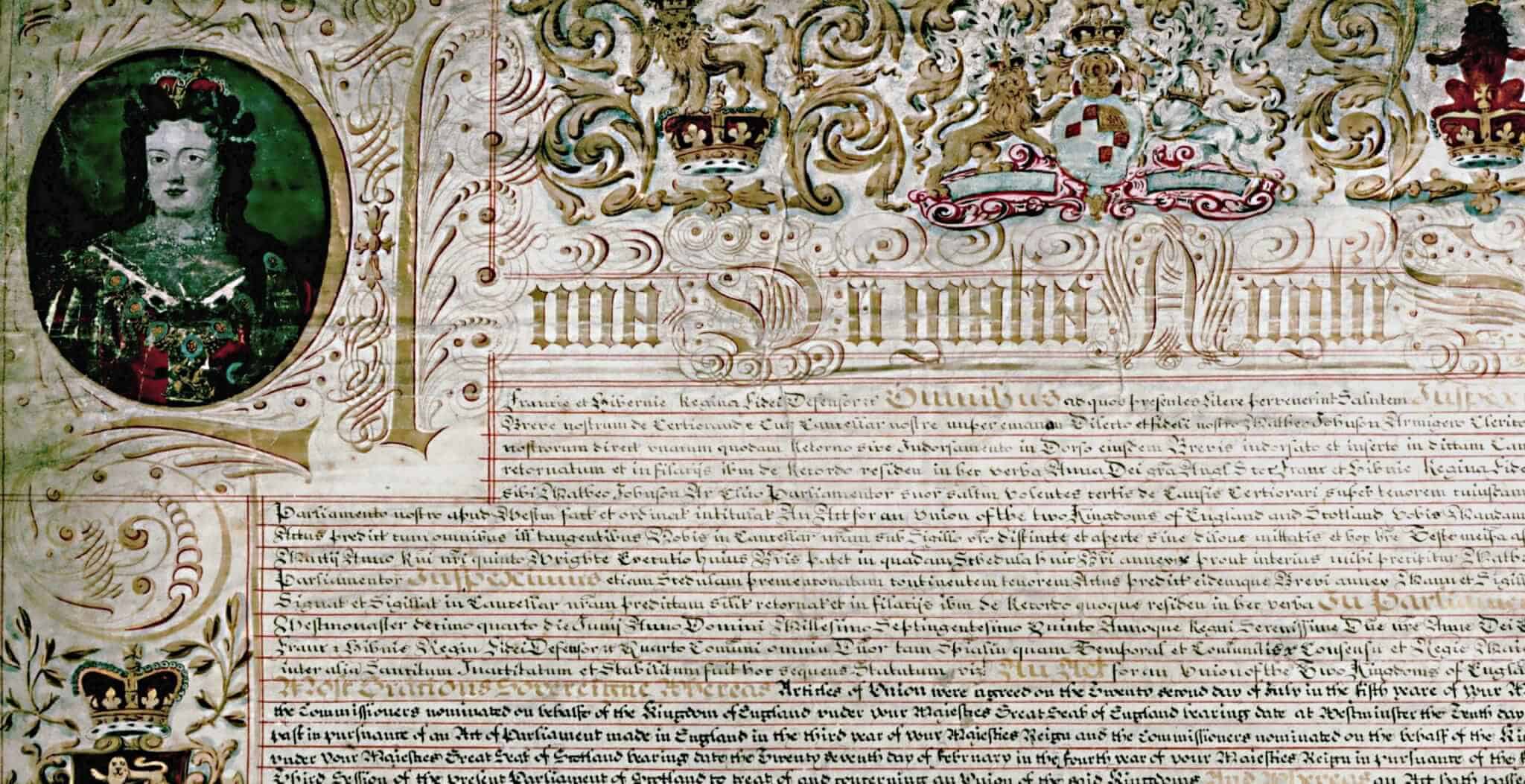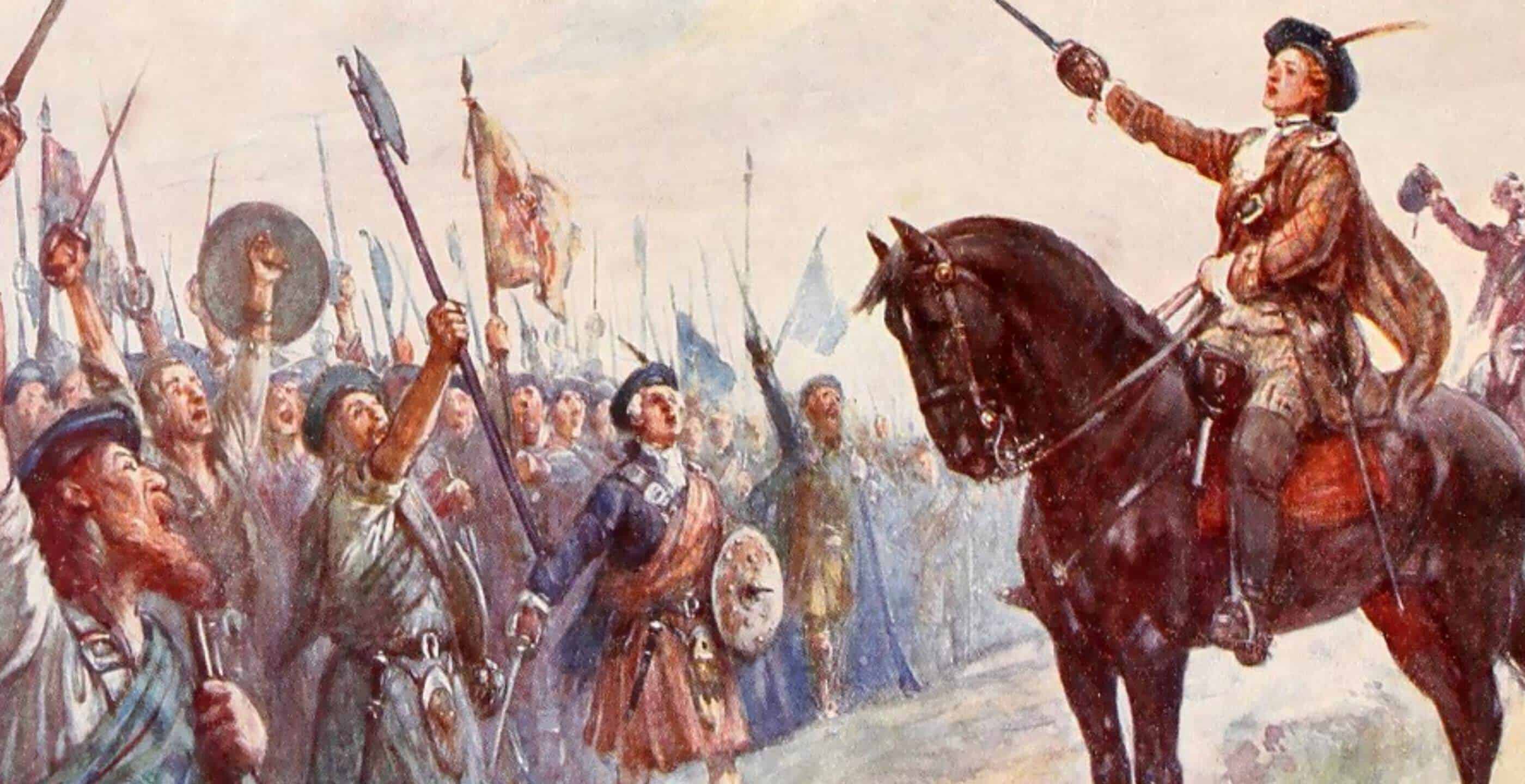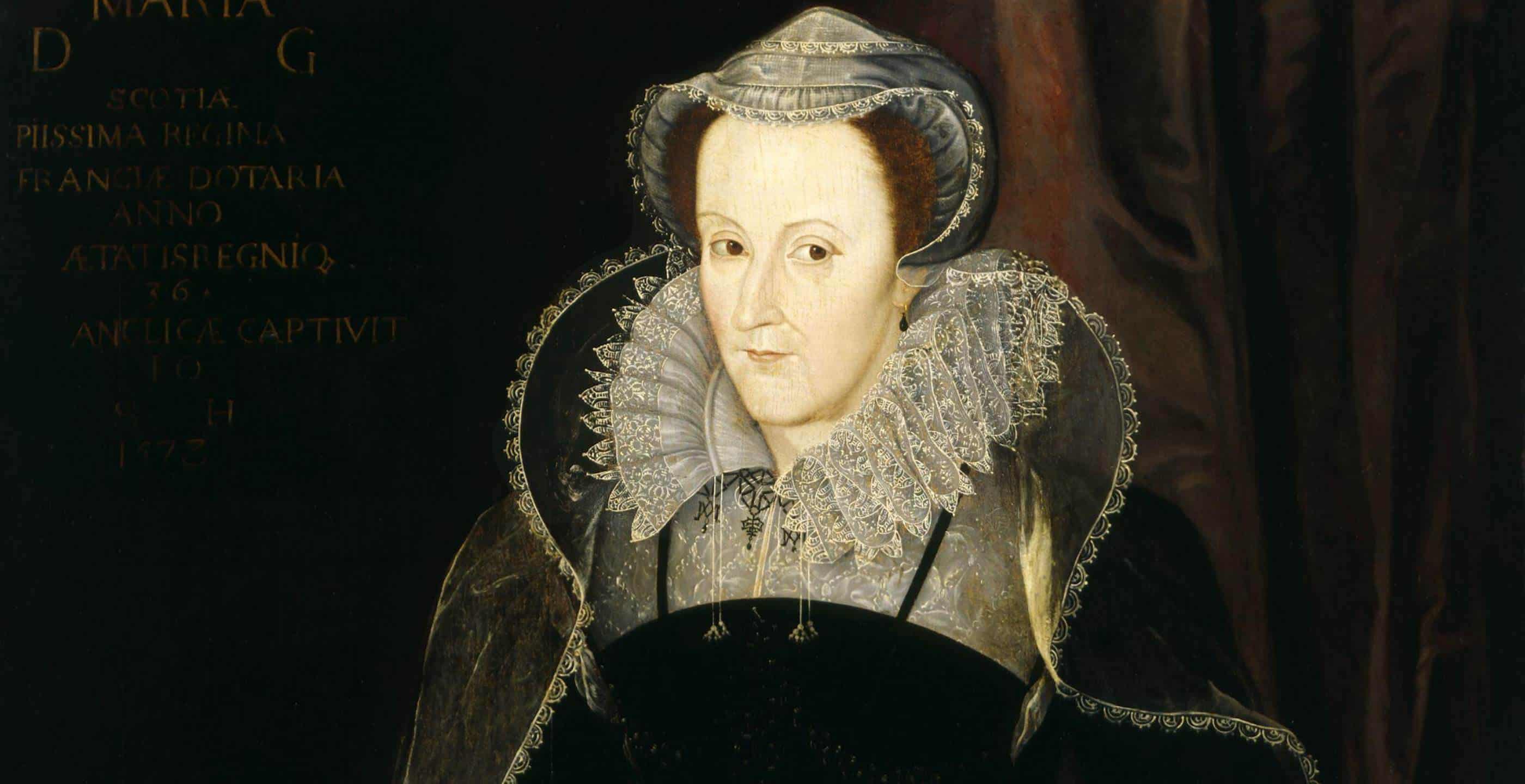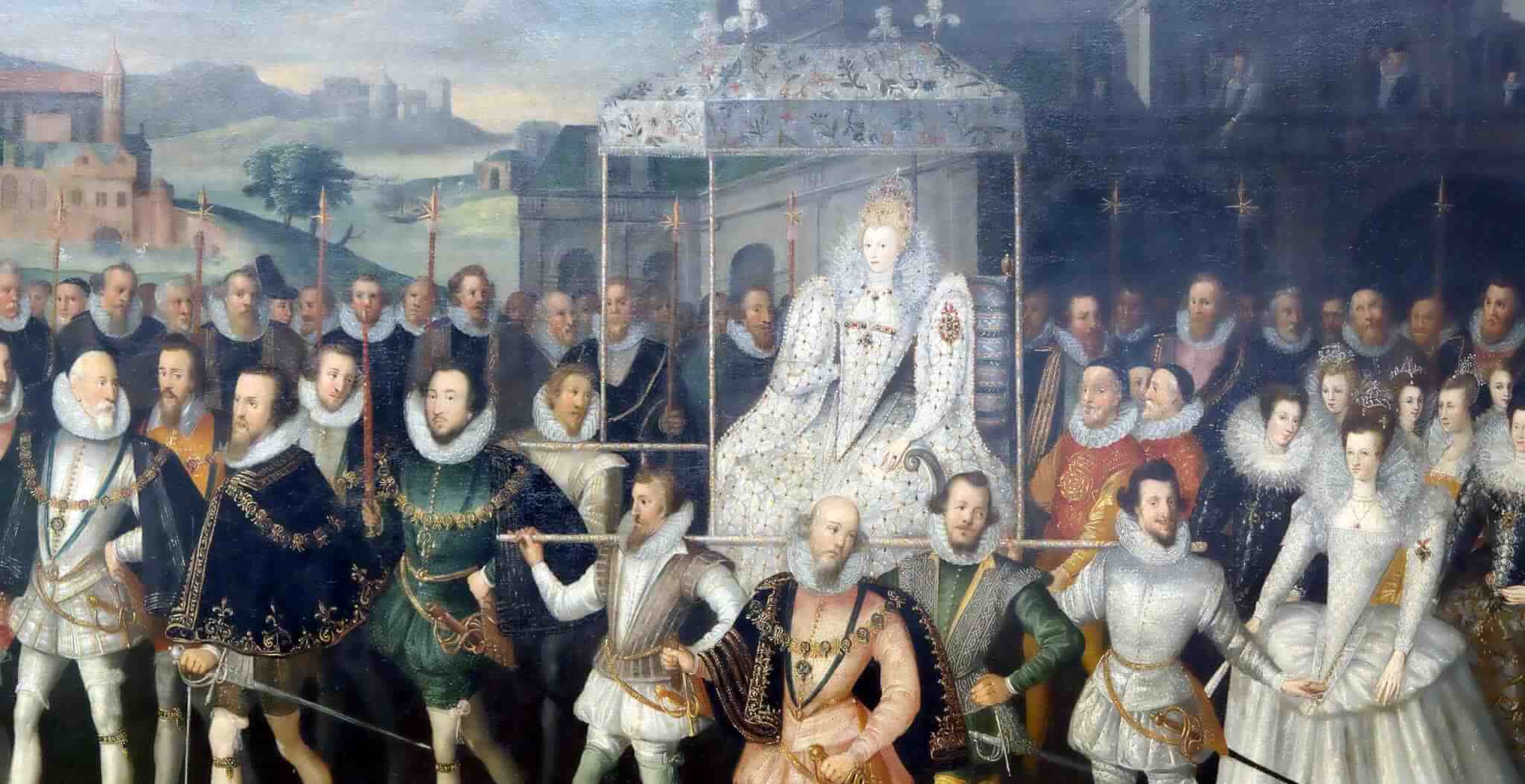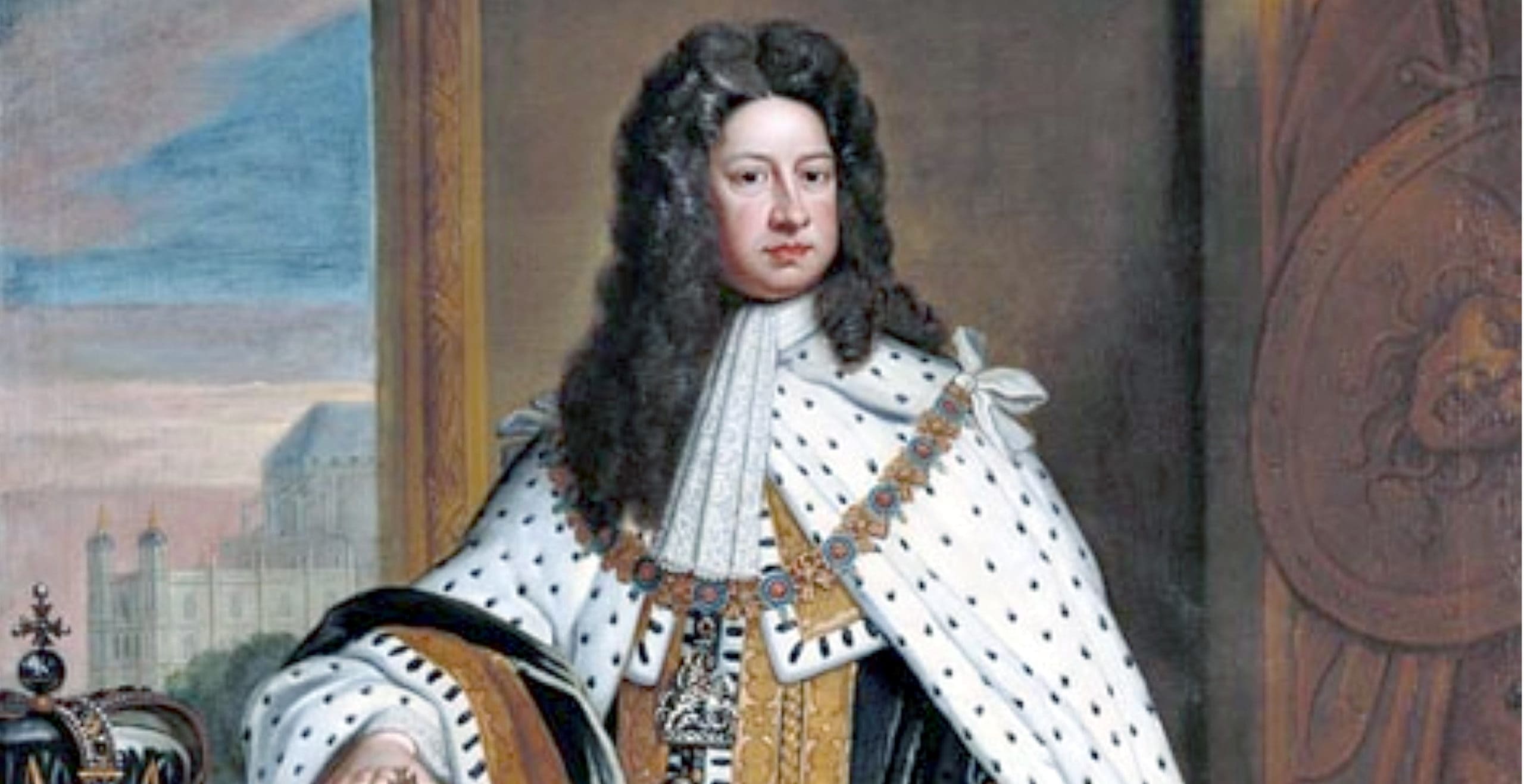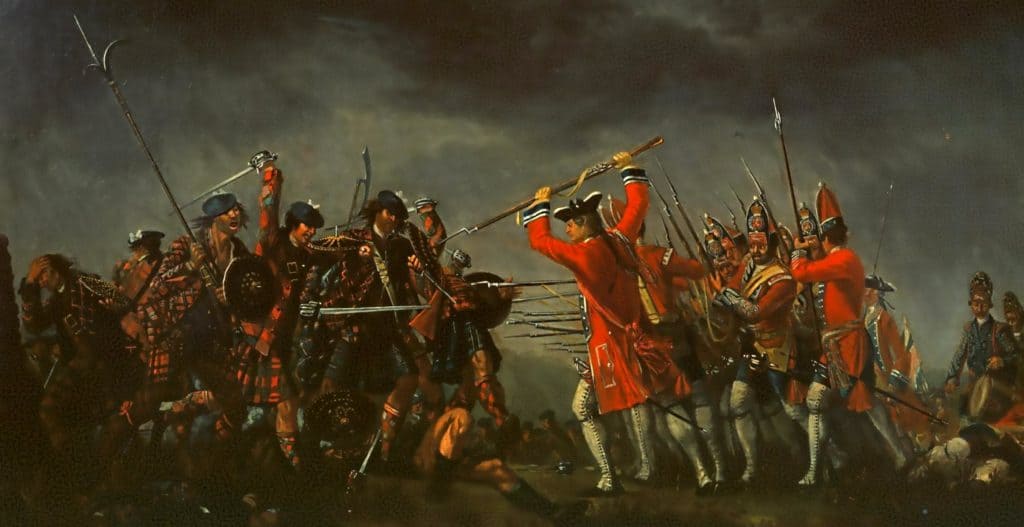Although the kingdoms of Scotland and England had been united since 1707, not all Scots were happy with the marriage. In particular the Jacobites, supporters of the House of Stuart, sought to exploit the general unrest within Scottish society.
When in 1714 George I was proclaimed King of Great Britain and Ireland, John Erskine, Earl of Mar, began to raise a Jacobite army in an attempt to return James Francis Edward Stuart, the Old Pretender, to the throne. In response, a combined government force of Scottish and English regiments commanded by the Duke of Argyle was dispatched to confront the rebels.
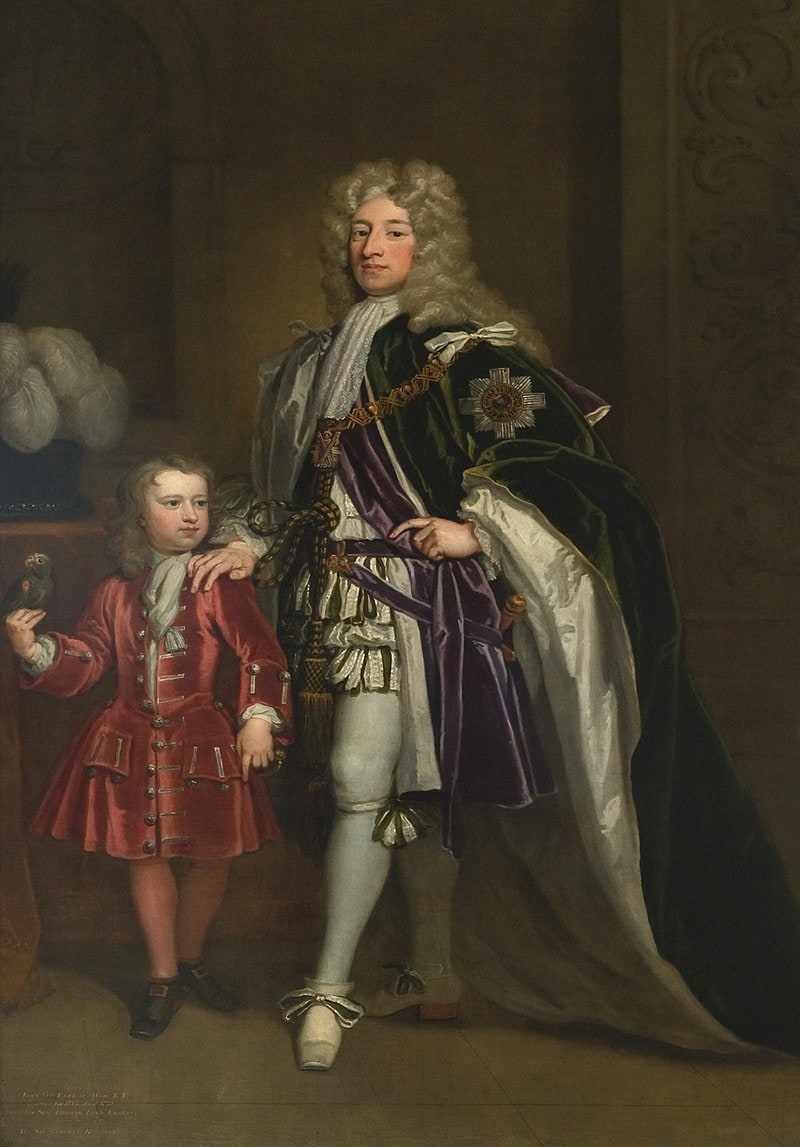
The two armies finally met each other on 13th November 1715 at Sheriff Muir to the east of Dunblane.
Although the Highland forces of the Jacobites greatly outnumbered those of the government by almost 2:1, Mar was not an experienced military commander. In contrast, the government army comprised well trained regular troops led by a seasoned commander.
In the inconclusive battle that followed, both sides left the field claiming victory.
Following what was the key battle of the 1715 Jacobite rebellion, Mar was forced to retreat back to Perth along with his demoralised force.
Click here for a Battlefield Map
Key Facts:
Date: 13th November, 1715
War: Jacobite Rising
Location: Sheriffmuir, Perthshire
Belligerents: Jacobites, British Government
Victors: Inconclusive, although a strategic victory for the British Government
Numbers: Jacobites around 12,000, British Government around 6,000
Casualties: Jacobites 250, British Government 700
Commanders: John Erskine, Earl of Mar (Jacobites), John Campbell, Duke of Argyll (British Government)
